The world of digital synthesizers offers endless possibilities for sound design, yet diving into this realm can feel overwhelming for beginners. Unlike traditional instruments with fixed timbres, synthesizers allow you to sculpt sound from the ground up—an exciting but complex endeavor. Whether you're crafting pulsating basslines, ethereal pads, or piercing leads, understanding the core principles of synthesis will transform you from a preset surfer into a confident sound designer.
At its heart, a synthesizer is an electronic instrument that generates and manipulates audio signals. While analog synths use physical circuitry, digital synthesizers rely on algorithms and software to emulate these processes or create entirely new sonic territories. Modern digital synths often combine multiple synthesis methods, giving you unprecedented flexibility. The journey begins with grasping the fundamental building blocks common across most synthesis types.
Oscillators form the foundation of your sound. These generate the raw waveforms that will later be shaped and textured. Common waveforms include the smooth sine, hollow-sounding triangle, rich sawtooth, and gritty square wave. Many digital synths go beyond these basics, offering complex wavetables or samples as oscillator sources. The magic happens when you layer or modulate these oscillators—detuning them slightly creates phasing effects, while frequency modulation can yield metallic or bell-like tones.
Filters act as the sculptor's chisel for your sound's frequency content. A low-pass filter, the most common type, progressively removes higher frequencies as you lower its cutoff point—this creates that iconic "opening up" effect heard in countless electronic tracks. Resonance boosts frequencies near the cutoff point, adding emphasis or even self-oscillation for whistling tones. Digital synths often include innovative filter types that would be impossible in analog hardware, like formant filters that mimic vowel sounds or morphing filters that smoothly transition between types.
Envelopes bring motion to static sounds by controlling how parameters change over time. The classic ADSR envelope (Attack, Decay, Sustain, Release) governs how quickly a sound reaches full volume, how it drops to a sustained level, and how it fades after note release. Creative envelope routing separates basic tones from expressive, living sounds—try modulating filter cutoff with a slow-attack envelope for swelling pads, or apply a snappy envelope to oscillator pitch for percussive "plucks."
LFOs (Low Frequency Oscillators) introduce cyclical changes to your sound. Unlike audio-rate oscillators, these operate below the range of human hearing to create vibrato, tremolo, or sweeping filter effects. Digital synths often provide multiple LFOs with complex waveforms and synchronization options. A subtle LFO on pitch can emulate the warmth of analog drift, while a square-wave LFO rhythmically gating volume creates stuttering effects. The key lies in balancing modulation depth—too little goes unnoticed, while too much becomes chaotic.
Modern digital synthesis extends far beyond mimicking analog gear. Granular synthesis chops samples into tiny fragments that can be stretched, scrambled, or layered into entirely new textures. Physical modeling mathematically simulates instruments' acoustic properties, enabling impossibly perfect violins or hybrid brass/string creatures. Spectral synthesis manipulates sound at the frequency-band level, while additive synthesis builds tones from hundreds of individual sine waves. These methods might seem esoteric initially, but they share common modulation principles with simpler subtractive synthesis.
Effects processing is where good sounds become great. Reverb places your synth in physical or imaginary spaces—from tight rooms to infinite caverns. Delay creates echoes that can be timed to your track's tempo for rhythmic complexity. Chorus, flangers, and phasers thicken sounds by doubling and slightly detuning them. Digital synths often include multi-effect units where you can chain processors creatively. Remember that effects should enhance rather than mask poor sound design—if you're drowning a patch in reverb to make it interesting, revisit your core synthesis parameters first.
The true art lies in combining these elements musically. Start by recreating basic sounds to understand their construction—a simple bass patch might require just a sawtooth wave with a low-pass filter, while a convincing string ensemble needs multiple detuned oscillators with slow attack and vibrato. As you progress, deliberately break the "rules": feed audio-rate modulation into a filter for screaming resonance, or use extreme settings that would be unusable in isolation but work beautifully in a mix context.
Presets can be valuable learning tools if approached thoughtfully. Rather than just scrolling through them, dissect interesting patches to understand their architecture. Notice how professional sound designers combine modulation sources, layer oscillators, and apply effects. Many digital synths allow you to initialize patches (start from blank settings)—practice rebuilding presets from scratch to cement your understanding.
Workflow considerations separate frustrating sessions from productive sound design. Organize your patches logically from the beginning—nothing kills creativity faster than losing a great sound in a sea of poorly named presets. When inspiration strikes, record or export your experiments immediately; some of the best accidents can't be perfectly replicated later. Build a personal library of go-to sounds that fit your musical style, but leave room for spontaneous exploration—some patches might seem useless alone but become magic in the right context.
Digital synthesizers continue evolving, with AI-assisted sound generation and new synthesis methods emerging regularly. However, the fundamentals remain timeless. By mastering oscillator combinations, filter movements, and modulation relationships, you'll develop an intuition for shaping any sound imaginable. The greatest synth patches often emerge from happy accidents followed by intentional refinement—so power up your digital synth and start turning electricity into emotion.

By /Jul 9, 2025

By /Jul 9, 2025

By /Jul 9, 2025
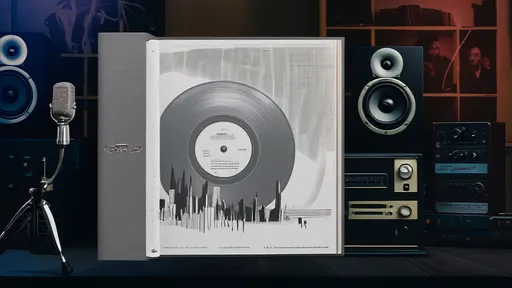
By /Jul 9, 2025

By /Jul 9, 2025

By /Jul 9, 2025

By /Jul 9, 2025

By /Jul 9, 2025

By /Jul 9, 2025

By /Jul 9, 2025
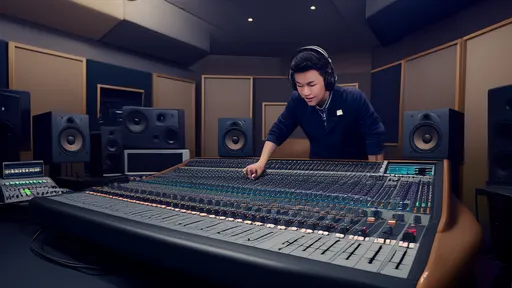
By /Jul 9, 2025
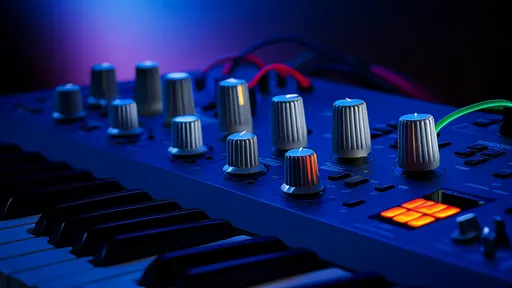
By /Jul 9, 2025
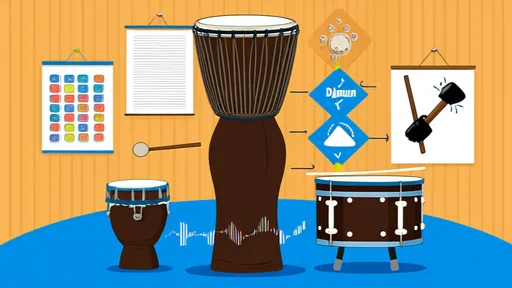
By /Jul 9, 2025

By /Jul 9, 2025
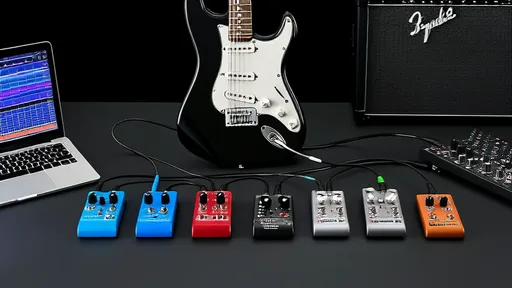
By /Jul 9, 2025

By /Jul 9, 2025

By /Jul 9, 2025
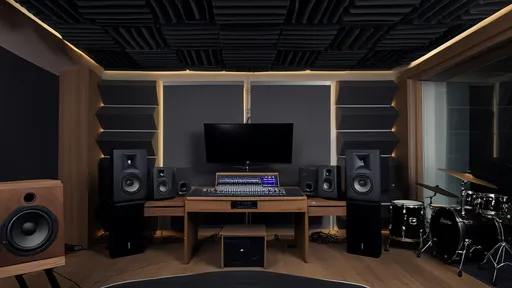
By /Jul 9, 2025